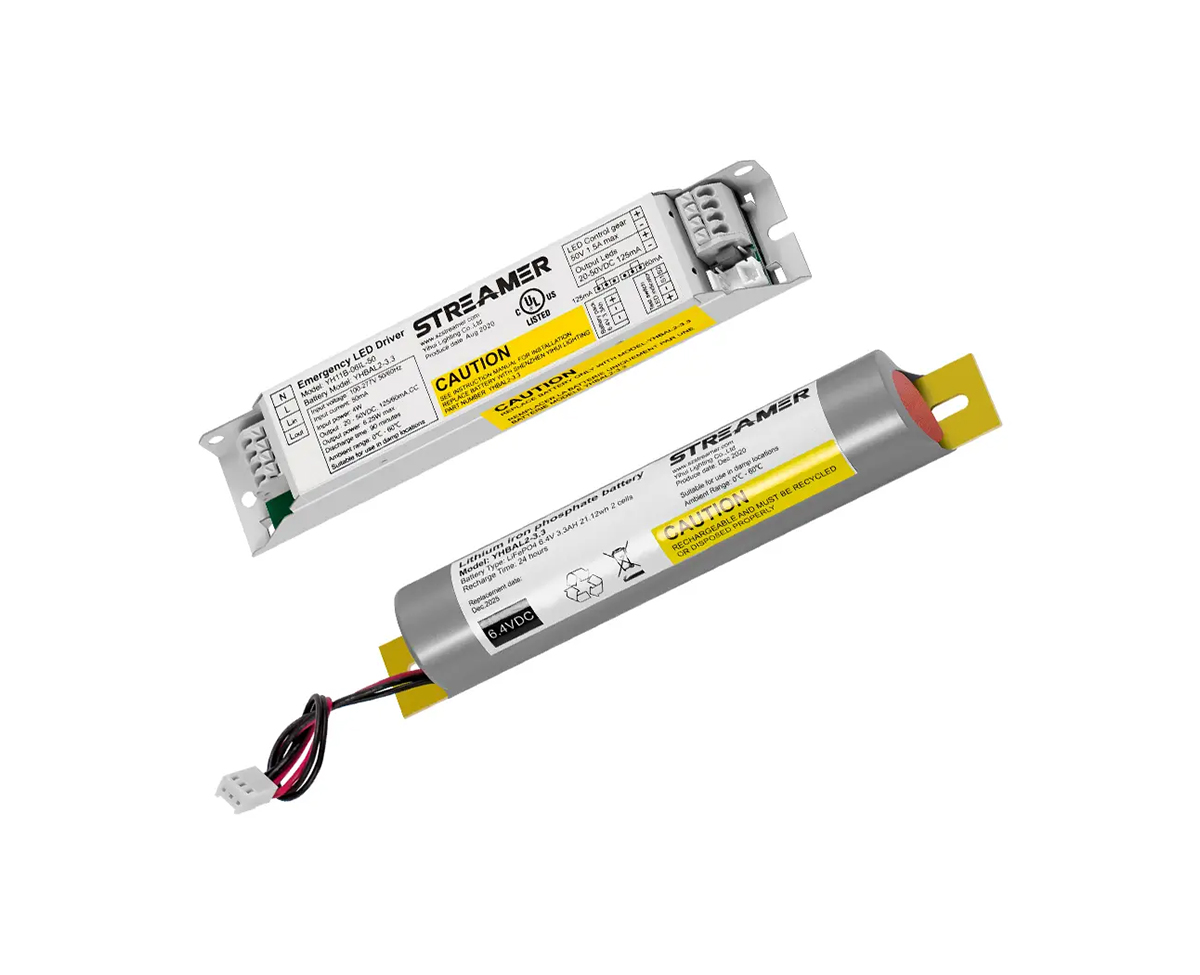 1
1
 Jun 06, 2025
Jun 06, 2025

Anticorrosive LED emergency converters are specialized devices designed to withstand harsh environments where corrosion is a significant concern. These converters are engineered with specific features and materials to resist the detrimental effects of corrosive substances, such as salts, acids, alkalis, and moisture - laden air, which can degrade the performance and lifespan of conventional emergency converters.
The housing of anticorrosive LED emergency converters is typically made from high - quality, corrosion - resistant materials. Materials like stainless steel, fiberglass - reinforced plastics (FRP), or polyvinyl chloride (PVC) are commonly used. Stainless steel offers excellent resistance to rust and chemical corrosion, making it suitable for industrial and coastal environments. FRP and PVC are lightweight yet highly resistant to various chemicals, providing reliable protection for the internal components of the converter. The surface of the housing may also be treated with additional coatings, such as epoxy or powder coatings, which further enhance its corrosion resistance by creating a barrier between the housing and the corrosive environment.
Inside the converter, the circuit boards and electronic components are also protected against corrosion. Specialized conformal coatings are applied to the circuit boards. These coatings are thin, protective films that cover the surface of the board, preventing moisture, dust, and corrosive gases from coming into contact with the sensitive electronic components. Components such as resistors, capacitors, and integrated circuits are selected for their high - quality and corrosion - resistant properties. Some converters may also incorporate sealed enclosures or gaskets to prevent the ingress of corrosive substances, ensuring that the internal environment remains clean and dry.
Anticorrosive LED emergency converters find wide applications in industries such as petrochemicals, marine, and wastewater treatment, where the operating environments are highly corrosive. In these settings, the reliable operation of emergency lighting systems is crucial for safety. By using anticorrosive converters, the risk of system failures due to corrosion - induced component degradation is significantly reduced, ensuring that the emergency lighting can function properly during power outages and other critical situations.